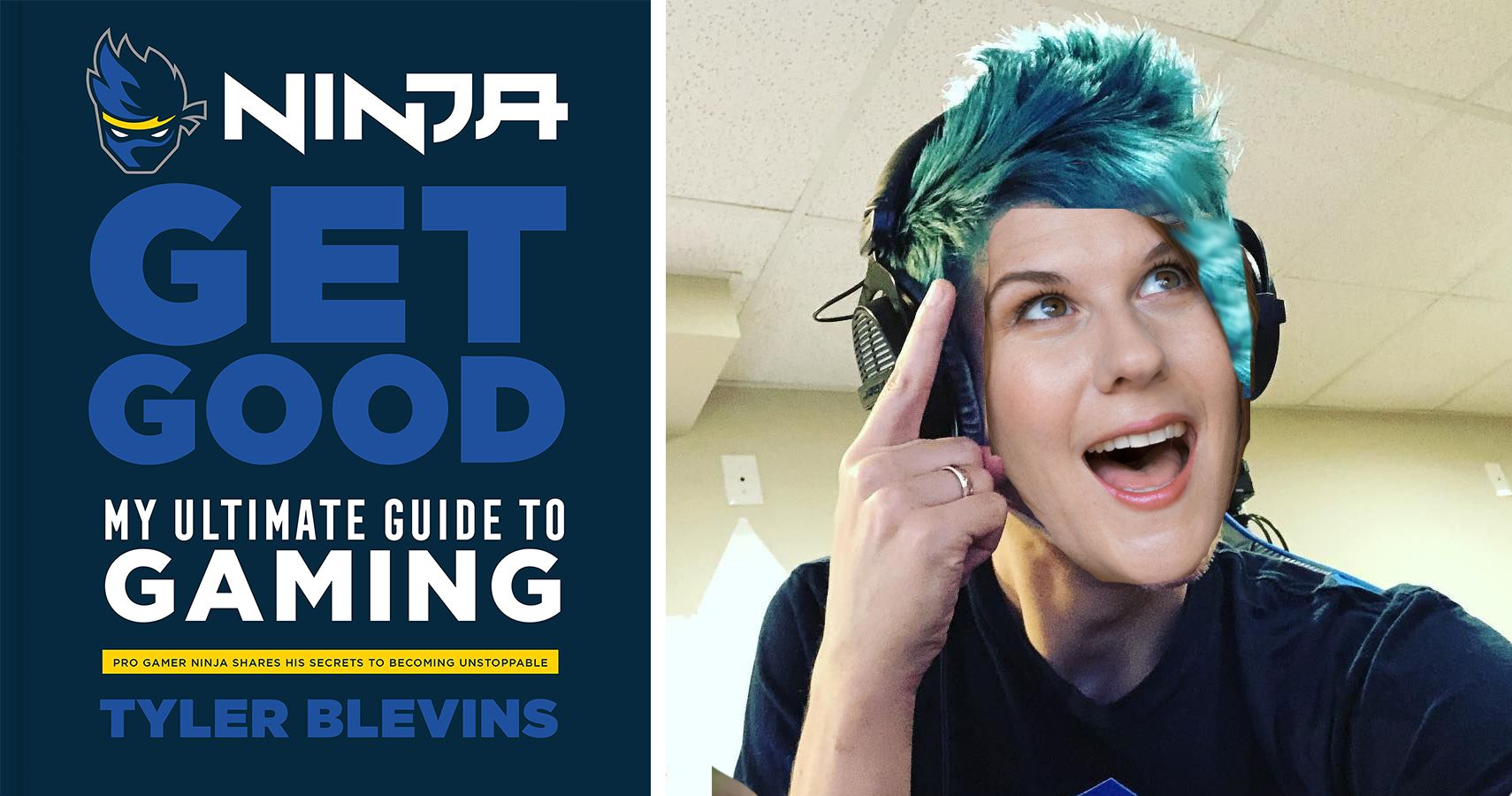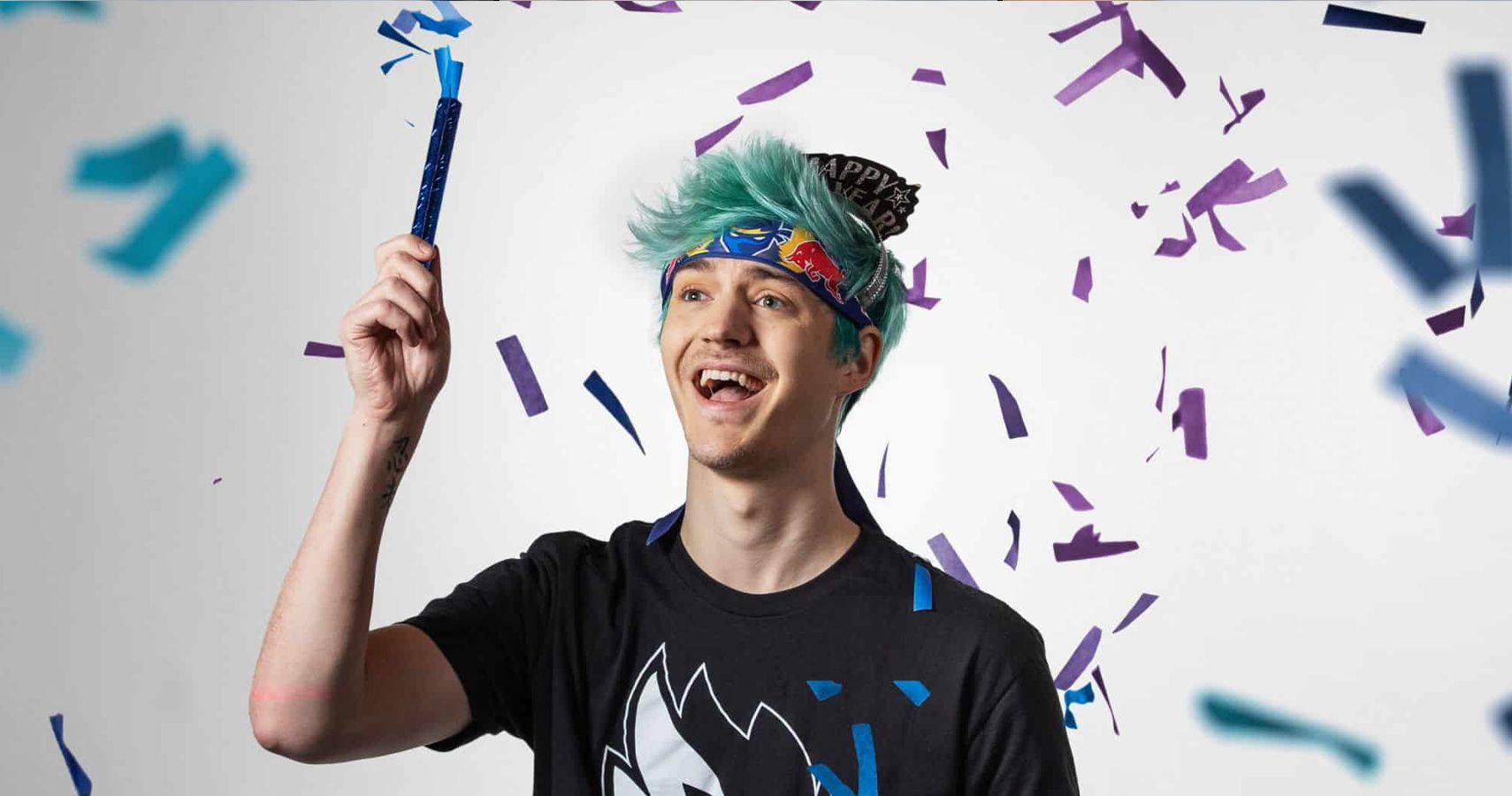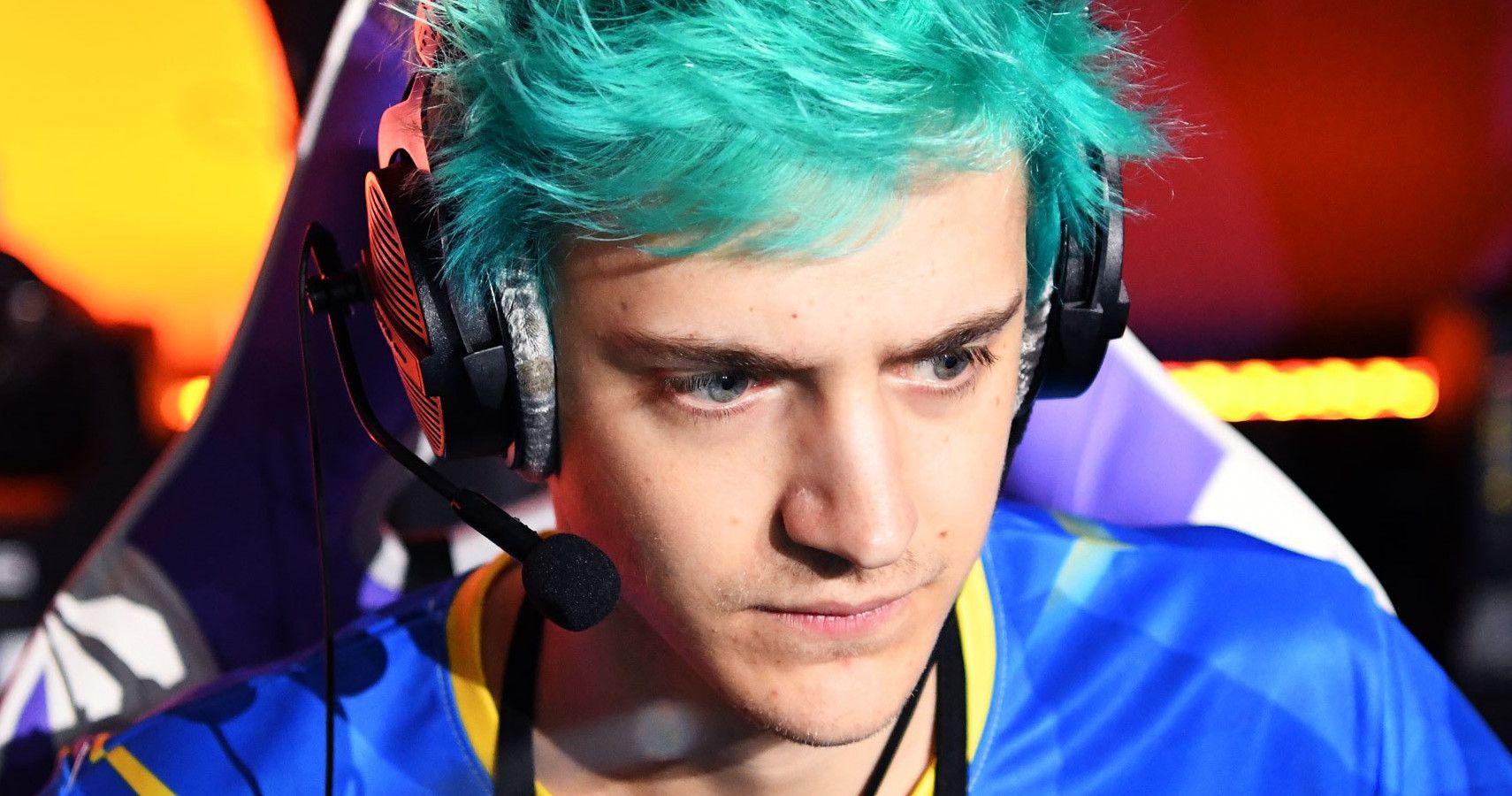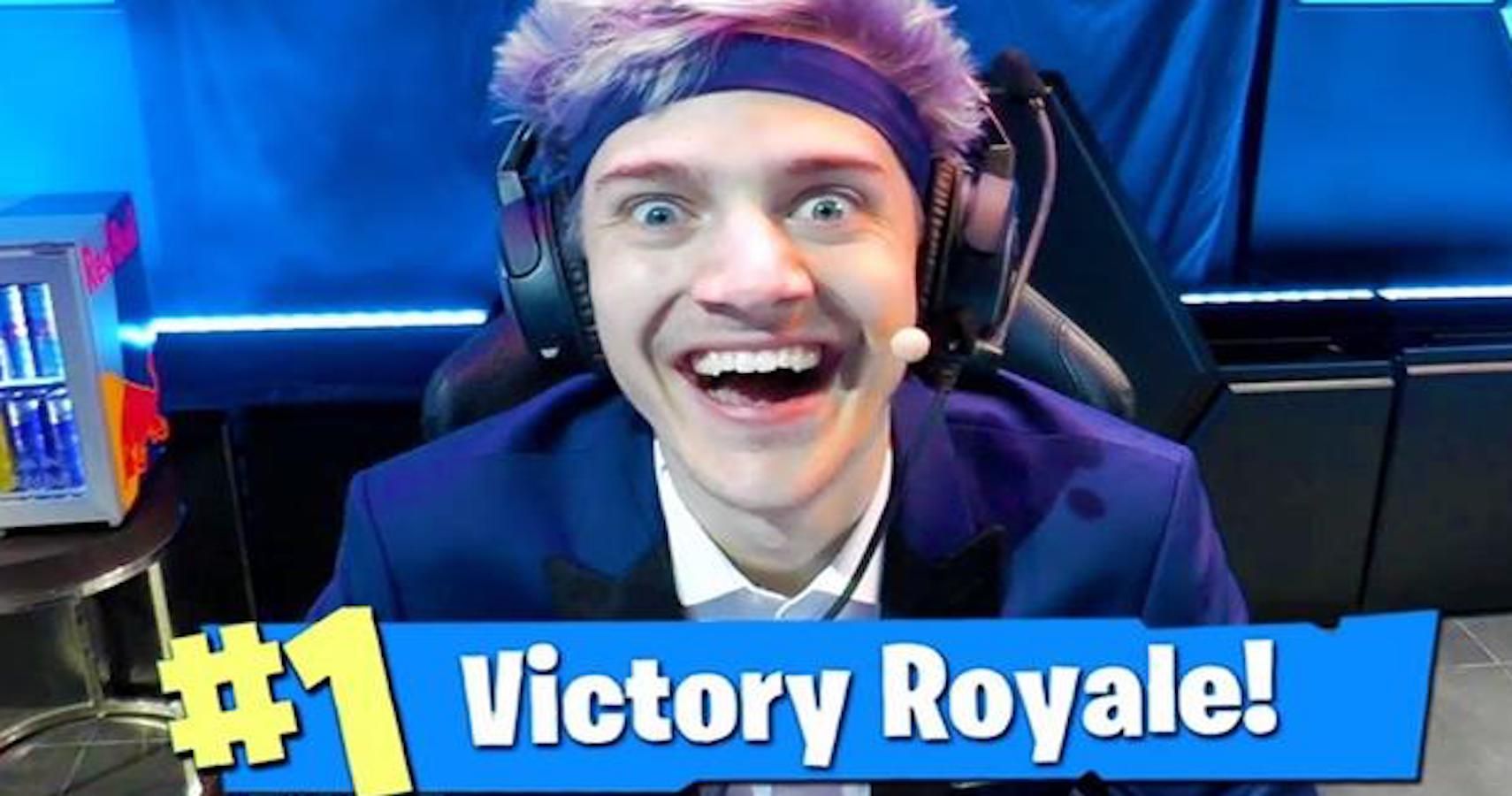When I learned Tyler “Ninja” Blevins wrote a book about how to improve gameplay, I was interested to see if his tips would actually help me get better at Apex Legends. For a fee amounting to less than two months of Mixer subs, I downloaded Ninja: Get Good: My Ultimate Guide to Gaming for Kindle.
I sought to make the most of his tips by taking the most pertinent lessons, then turning them into digestible notes I could then apply in my own gameplay.
I have a lot of respect for Ninja. The man, alongside his wife, Jessica, built an a multinational empire by playing video games. I, on the other hand, spend most of my days in my pajamas, tweeting jokes and Photoshopping bad Apex Legends memes.
But enough about our favorite former Twitch sweetheart. Let's talk about getting good.
Gearing Up
The first chapter, “Gear Up,” is about investing in the right gear. Unfortunately, it's primarily limited to a discussion of PC gaming gear. Given that I'm an Xbox girl in a PC world, I initially found it about as helpful as a Mozambique without a hop-up.
Weeks later, I invested in a gaming PC and revisited the chapter in the process. His advice impacted how I think about accessories. For example, I learned all about mouse DPI (dots per inch, for those of you who were are clueless as I was) and the relative benefits of different mouse pad sizes (big movements require a big pad). I learned wireless accessories can cause latency issues. I studied the pros and cons of different monitor sizes. I currently have a 30" monitor, but he posited a strong argument as to why I might choose a slightly smaller one in the future (essentially, something too big makes it hard to follow everything that’s happening on the screen).
Once money starts magically growing on trees and I suddenly become Ninja-level wealthy, I plan to invest in a new one.
Powering Up
This section is dedicated to in-game tactics to improve gameplay. He covers aim optimization and movement strategies, as well as more basic concepts like high-ground advantages and peeking tactics. Clearly, every one of my random squad mates read this chapter, as they love to drop in the elevated platforms at Train Yard and do nothing but peek until someone one-shot knocks them with a Longbow from across the map.
After reading this chapter, I changed a bunch of in-game settings. I reduced my controller sensitivity from 3 to 2. I also changed my field of view from 110 to 70. Ultimately, my aim became more accurate, even if my actual movements were slower and weirder.
Leveling Up
This chapter is primarily about the role of deliberate practice in improvement. A major takeaway is to set goals while playing to improve specific skills. For instance, in order to become better with sniper rifles, a person should plan to spend an entire gaming session practicing only sniper rifle kills. (Note to self: "Stop being a potato" is NOT a good goal.)
Apex Legends recently introduced a Firing Range where I can apply these tactics. Typically, I’ll spend 20-30 minutes at the start of each session exploring recoil patterns or experimenting with different sensitivities. Once I’ve tired of that, I’ll then head into games with dedication to specific weapons or weapon classes.
Taking Ninja’s advice, I’ve tried different strategies: Dropping hot every game, carrying shotguns only, consistently playing a single specific character (which is, by the way, something he also recommends to maximize your success with that character). Spoiler alert: I die a ton! It's tough to win a sniper fight with dual EVA-8s. But ultimately, this helped me learn how to better use these weapons.
He also encourages watching your own gameplay. It's kind of like hearing a recording of your own voice in that I hate it and notice every flaw, but I ultimately have to make peace with that.
Teaming Up
I’m not a true competitive player. However, I found his thoughts on team dynamics worthwhile.
He impresses the importance of strategy and communication, including how to deal with teammates in high-pressure, heated moments. In those cases, Ninja suggests listening carefully to your teammates and learning from their perspectives as well. He does NOT suggest raging at them for blocking the door while you were trying to escape an enemy — not that I know anything about that.
He suggests that the best way to get good teammates is to be a good teammate. My favorite teammates are people who are fun to have on my team... and who can, y'know, carry me to a win.
Blowing Up
In this chapter, Ninja offers tips on pimping a stream to make it seem more professional. Recently, TheGamer invited me to do some product reviews. With a green screen backdrop, a nice LED light and more desktop space due to a wireless mouse option, I felt so good about my setup that I'm now convinced I'm the next Ninja (have you seen the header image on this story?).
He offers suggestions on how to act on stream, which essentially amounts to a heightened version of oneself: “Smile a little bigger, be a little louder, wave your arms a little wider.” He highlights building a community, something I’ve inadvertently been doing anyway through my obsession with this game.
Ninja also impresses how important it is to advertise the stream. I haven’t been the best at this, but when I do it, I definitely get more engagement. Turns out it's hard for people to find your stream if they don't even know you stream. Wild!
Getting Good-er
Perhaps surprisingly, applying all this advice made a positive impact on my gameplay. While Apex Legends’ new map and changes to skill-based matchmaking may have also contributed to these improvements, I noticed the changes started happening around the time I started using these strategies.
I don’t know if Ninja’s book is the sole reason I got better, but I definitely improved after implementing some of his ideas.
Summary of Improvements Between Season 2 and Season 3 (So Far)*
- K/D Improvement: More than double
- Total damage dealt per game: 101 point increase
- Win Rate: 88.8% increase
- Highest damage dealt: Increased by 170
- Highest total kills: Increased by 1
*About ⅓ as many games played thus far in Season 3 than Season 2; reflects Xbox stats only due to skill differences on PC.
The author purchased a copy of Ninja: Get Good: My Ultimate Guide to Gaming for this article. The book is available on Amazon.




